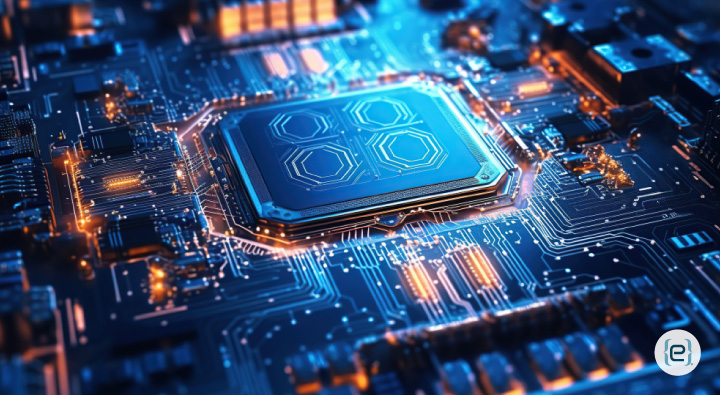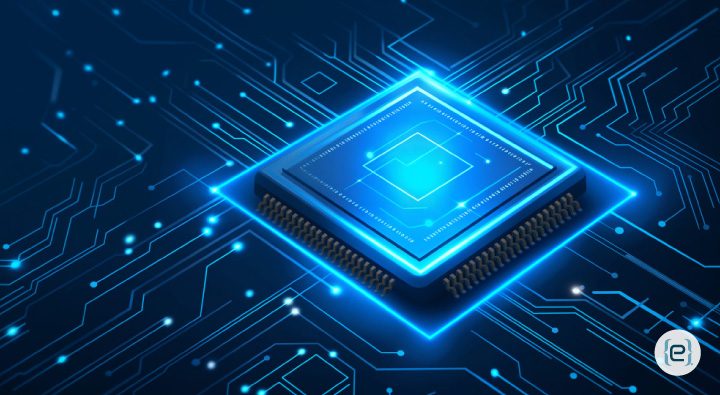The Lightbulb Moment That Changed My Understanding of Processors
I never truly understood why processor size mattered—until my brother, a semiconductor engineer, laid out a handful of old chips across his kitchen table one Saturday afternoon. He held up a clunky 90s-era processor and said, “The distance between its transistors is about the width of your hair. Now look at this new one—we’re talking atomic scale.” That moment fundamentally changed how I view the technology we use every day.
After twelve years of explaining tech to businesses, I thought I understood processors. But watching him trace the evolution of chip design with physical examples made me realize there’s something almost magical about how we’ve packed more power into ever-tinier spaces. It’s not just about numbers; it’s about the incredible journey of innovation that shapes your daily experience with technology.
The Physics Behind the Numbers
The fascinating thing about processor size isn’t just about making things smaller—it’s what miniaturization means for real-world performance. Imagine sending a message across a room versus across a city. The shorter the distance, the faster the delivery, the less energy lost, and the fewer chances for error. That’s what happens inside your processors.
When we shrink from 14 nanometers to 7 nanometers, we’re not just reducing size—we’re changing how efficiently electrons move. My brother put it simply: imagine filling a hundred coffee cups. If they’re spread across your house, you’ll use more energy, spill more, and take longer than if they’re all right in front of you. That’s what we’re doing with transistors—bringing them closer together for greater efficiency.
If you’re interested in how these innovations drive business value, check out our insights on drive innovation in IT.
Why Size Reduction Isn’t Just About Making Things Smaller
This gets really interesting when you see what smaller processors mean for your everyday computing. Just last month, I helped my nephew set up his new gaming laptop. He couldn’t believe it didn’t overheat like his old one, even though it was more powerful. The answer lies in those shrinking nanometers. Smaller processes mean electrons have less distance to travel, so less heat is generated. It’s like the difference between running a marathon and walking across the street—less energy, less heat.
But here’s what really blows my mind: every time we shrink these processors, we’re not just making them more efficient, we’re opening doors to new possibilities. Features like all-day battery life, instant-wake computers, and phones that process AI tasks locally—these are transformations, not just improvements.
For more on how new technology transforms business, see our article on harnessing AI.

The Hidden Challenges of Going Smaller
The key elements that determine modern processor performance include:
- Manufacturing process size: How small we can make each component directly affects speed and efficiency.
- Transistor count: More transistors mean more computing power, but also greater complexity.
- Power consumption and heat: Smaller chips generally use less power and generate less heat, but only up to a point.
- Production complexity: As we approach atomic scales, manufacturing becomes exponentially harder.
But here’s the thing that keeps semiconductor engineers up at night: we’re approaching the physical limits of how small we can go. When my brother talks about this, he gets a look—part excitement, part concern. At these tiny scales, quantum mechanics comes into play. Electrons can “teleport” between circuits (quantum tunneling), creating major headaches for chip designers. It’s like building a perfect maze when the mice can occasionally walk through walls.
For a deeper dive into the challenges of modern security and technology, explore security and privacy essentials.
The Future Beyond Traditional Scaling
What excites me most about processor evolution isn’t just the continued march toward smaller sizes—it’s how engineers are rethinking the problem. At a recent tech conference, I learned about 3D chip stacking, new materials like graphene, and even quantum computing. These aren’t incremental improvements; they’re revolutionary.
It reminds me of when cars hit the limits of traditional engines and electric vehicles took off. The same is happening with processors—we’re not just making them smaller, we’re reinventing how they work. If you want to see how these innovations can benefit your business, read about outsourcing IT processes for growth.
The Real-World Impact of Processor Evolution
Sometimes I think about my first computer, with its massive processor that struggled to run basic programs, and compare it to today’s ultra-thin laptops editing 4K video. That’s not just better technology—it’s a transformation in what’s possible.
When my nephew’s gaming laptop runs cool and quiet while handling VR, or when my phone processes complex AI tasks without the cloud, I see the direct impact of these microscopic improvements. These aren’t just technical feats—they’re changing how you interact with technology and what you expect from your devices.
The journey of processor miniaturization is far from over, but we’re entering a fascinating new phase. As we push against the boundaries of physics, we’re not just making things smaller—we’re reimagining what computing can be. And at eMazzanti, we’re excited to help your business navigate these changes and harness the power of tomorrow’s technology.
Ready to future-proof your IT and take advantage of the latest tech breakthroughs? Contact eMazzanti today to see how we can help you thrive in the next era of innovation.






